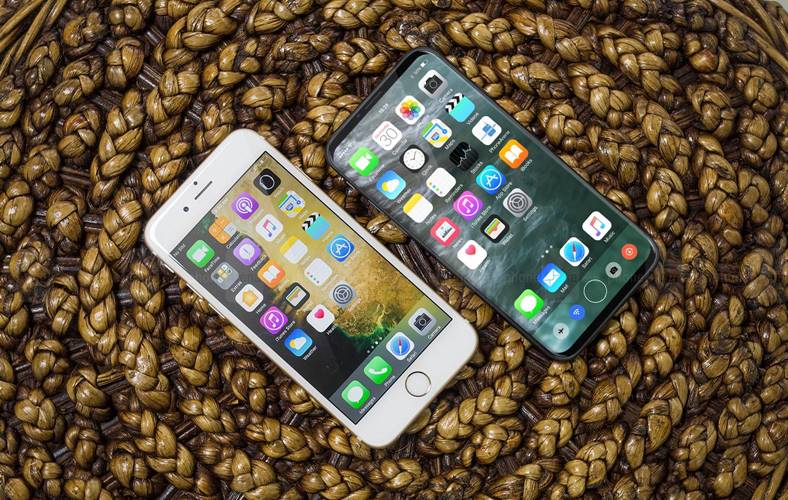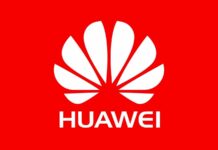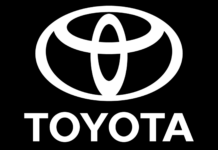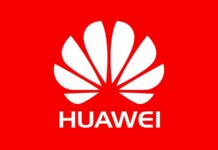iPhone 8 will let Apple's competitors sell OLED screens in the course of 2017, something that many analysts had already anticipated for some time. According to some information that appeared during this day, Apple will capture 14% of the entire production of OLED screens for 2017, a consistent percentage considering the number of manufacturers that use such screens.
75 million OLED screens would be delivered to the Apple company in 2017, all for the iPhone 8, so you can imagine how much it would fetch if it only sold iPhones with OLED screens. If all iPhone terminals had OLED screens now, Apple would have captured half of the total production, but for the iPhone 8 it only takes 14%, but even so it generates problems.
Apple's entry into the smartphone market with an OLED screen after the launch of the iPhone 8 leaves other companies without such components in 2017. Those from Huawei are obliged to use OLED screens in only 8% of their products in 2017 because of the iPhone 8, a situation on which the Chinese would certainly not have wanted for this year.
iPhone 8 leaves Apple's competitors without OLED screens
Samsung produces the vast majority of OLED smartphone screens, and 70% of the total production will be used in its own terminals. Apple takes another 14% for the iPhone 8, so the remaining 16% will be shared among many other smartphone manufacturers, many of which are limited in implementing such components in their own products.
Apple is forcing the switch to OLED in the iPhone 8 without having a distribution chain to support its needs, but it has no other solution at the moment. Most of Apple's partners produce LCD screens and will make the transition to OLED starting in 2018, but even so, Apple will not have enough components to fully make the transition to these screens.
"China-based vendor Huawei will reportedly have only 8% of its total production of smartphones featuring AMOLED panels in 2017 due to an insufficient supply of the panels. Apple is expected to receive delivery of 75 million OLED panels from Samsung Display in 2017, which will account for 14% of global OLED panel production for the year. Samsung Electronics will receive 56%, thanks to in-house production of the needed panels."
How smartphone manufacturers will do in 2018, when Apple wants to use OLED in several iPhone models, will be interesting to see. Samsung will make a lot of money from all those who need such components, considering that there is a huge demand and a very low supply.

















